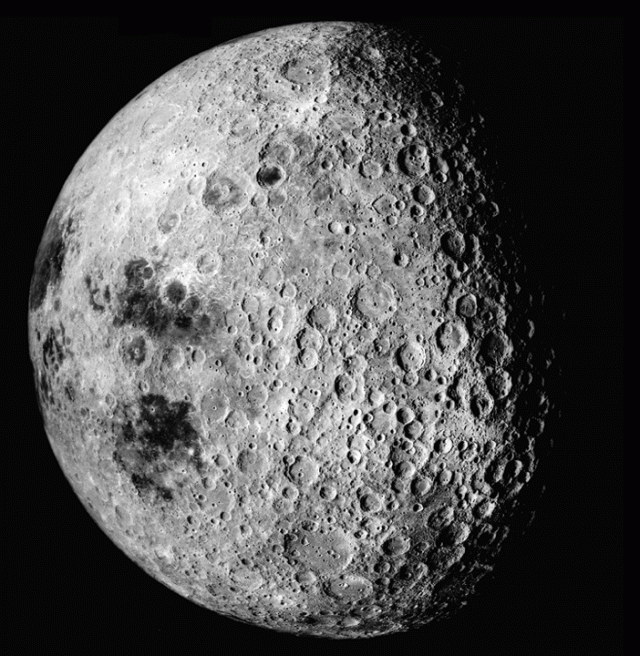Earth’s gravitational pull may partly melt a bit of the Moon
Ars Technica » Scientific Method 2014-08-11
Scientists have studied stars many light-years away, exoplanets, black holes, neutron stars, and even the invisible dark matter that permeates every galaxy. Given that, it hardly seems (at first) that the Moon could still surprise us. After all, the study of the Moon is as old as astronomy itself, and it's the only astronomical object a human being has ever set foot on. But a new study suggests that the Moon has a previously undiscovered low-viscosity region, residing just above the core. The region is partially molten, which fits with earlier models that suggest some melting may exist on the core-mantle boundary.
The region, referred to in the study as the “low-viscosity zone," could better explain measurements of tidal dissipation on the Moon. While scientists have previously calculated the effects of Earth's tidal forces on the Moon, none of those calculations have been able to account for certain observations. Specifically, there is a relationship between the Moon's tidal period and its ability to absorb seismic waves, which are converted to heat deep in the Moon's interior. That relationship was unexplained until now.
The authors of the study, however, were able to closely match those observations with their simulation when a low-viscosity zone was included in their models.
Read 7 remaining paragraphs | Comments
